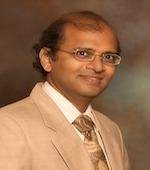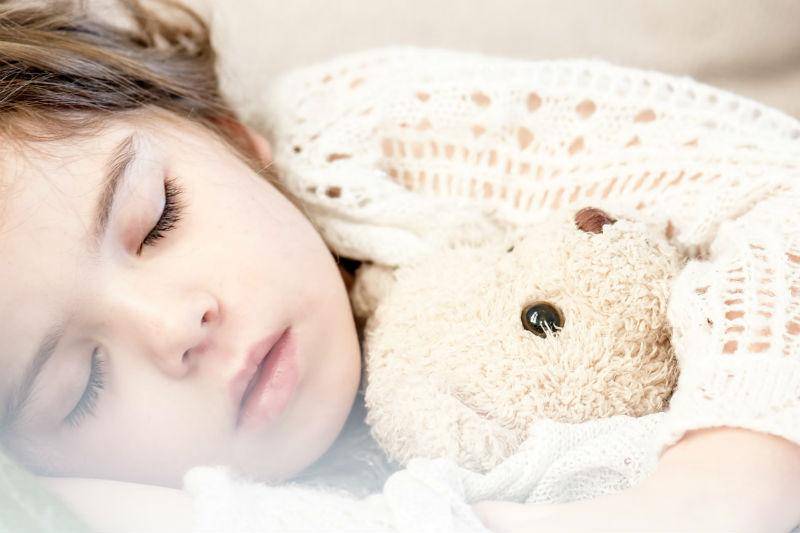Hon.Professor & Head of the Department of Sexual Medicine, KEM Hospital & Seth G.S. Medical College, Mumbai. Diplomate, American Board of Sexology & American College of Sexologists. (Pronounced as India’s TOP SEXOLOGIST by INDIA TODAY, Prof. Dr. Rajan Bhonsle has written more than 1200 articles in India’s premier publications such as India Today, Times of India, DNA, Hindustan Times, Asian Age, Mumbai Mirror, Mid-Day, The Afternoon, Femina, Cosmopolitan, Life Positive, New Woman, Savvy, Men’s World etc.)
Parents are role models when it comes to sexual behaviour
Sujit Kumar’s father would talk of how all the men in the Kumar family had always had women for the asking. He would be vulgar in his humour, and explicitly talk to the 9-year-old Sujit about the female anatomy, and ask about every girl in Sujit’s class, “Is she your girlfriend?” One day the impressionable Sujit touched a girl in his class inappropriately, thinking it was okay to do so, and was pulled up by the school authorities. The mixed signals were a shock for Sujit – what his father encouraged, his teachers disgraced him for. Sujit developed an anxiety disorder as a result of this inner conflict, and suffered from feelings of inadequacy for years. He also compulsively engaged in promiscuity to live out his father’s script that the Kumar men were proud of the record of their sexual exploits.
Careless sexual behaviour
Karishma’s parents had never taken care to see whether their daughter was asleep or awake in the same bedroom before engaging in sexual talk or sexual touching. Her mother had even walked out nude from the bathroom on a couple of occasions with 6-year-old Karishma watching her father fondling her voluptuous mother. She was confused and concerned about what was going on, as her mother sounded as if she was in pain, but also giggled intermittently. This led to a complex mindset in Karishma as she reached adolescence. She naturally had small breasts at her age and felt inferior, as she constantly compared her body to her mother’s nude body, and found herself inadequate. Also, the vivid audio visual impact of the sexual interaction between her parents left her feeling confused about the pleasure element in sex, and she found it difficult to let go completely with her sexual partner and therefore could not reach an orgasm. In both these cases, we can see how being a witness to adult sexual behaviour adversely impacted their adolescent and adult lives, influencing both their attitude and behaviour. This effect can be equated to the adverse impact of pornography on young and impressionable minds. It leaves them confused, as they are unable to process what they see and hear, resulting in warped perceptions, lopsided values, unhealthy beliefs, detrimental attitudes and dysfunctional behaviours. Related reading: The five stages of parenthood – find out which stage you are in now!
It’s a case of sexual abuse
When adults display sexual behaviour in front of young minds, they are engaging in sexual abuse. This subtle sexual abuse of the child’s mind is not classically viewed as sexual abuse, but the damage is as grave as if the child has been sexually abused, and the effects as devastating and with long lasting consequences. Viewing adult sexual behaviour can create arousal in a young child even before he/she is ready to understand and healthily process such feelings. It is therefore tampering with nature’s timing, and interferes greatly with the natural growing up process. For a young adult, viewing adult sexual behaviour may not interfere with growing up, but the stimulus can still result in an unmanageable level of arousal, leading to early sexual experimentation. This has its own set of problems, such as teen pregnancies and sexually transmitted diseases, as well as leaving the young inexperienced teenager psychologically destabilised. Verbally too, the use of sexual innuendos while talking, sexual jokes, and descriptions of sexual behaviour should be strictly avoided in front of children and young adults. Also, any form of touching with sexual overtones should be restricted to the bedroom or a more private place, away from the gaze of the child. Related reading: Find out how this couple rekindled the spark. Hint: They left the kids behind
Lasting effects on children
Arman’s elder sister was engaged to be married, and the young couple would often kiss and neck each other, and intimately touch each other with Arman being around. Arman, who was then 16 years old, would get aroused, and was not satisfied with self-pleasuring. He started craving the touch of a woman, and so once when he was alone at home for the weekend, he arranged for a call girl to come home and had unprotected sex. She was HIV+, as he realised a year later when he developed immunity problems. He developed full-blown AIDS a few years later, and died when he was in his 20s. However, we must clarify that if a child observes two adults of the opposite gender, whether his parents or otherwise, expressing warm and caring feelings, such as expression of appreciation, gratitude, admiration, encouragement and other kind and comforting words, he/she learns to model such emotional intimacy. Also, equally beneficial would be for the child to witness apologies being asked, and forgiveness being granted, as it models humility and love in the relationship. Moreover, non-sexual touching such as holding hands, a head on the shoulder of the partner, an arm around the shoulder, and a light and affectionate hug, are not only harmless but help in being a role model for a healthy and emotionally intimate man-woman relationship. When children see their parents affectionate in such a way, they feel secure, knowing that all is well between their parents. Related Reading: The important lesson I learnt from my mother-in-law after she died
Into their own hands
Seven-year-old Swati would force her parents to sit side by side and hold hands after they had an argument which she had witnessed. After a few times, the parents realised that their arguments were making Swati insecure about the well being of the family unit, and that she needed to feel secure, thus the forced togetherness that she initiated between her parents. If differences are expressed in front of children which come across as arguments, then it is the parents’ solemn duty to make up and make peace in front of children, to help them know that all is well, and to demonstrate this through words and acts of non-sexual affection with each other. Twelve-year-old Jason was anxious about the state of the relationship between his parents, as in the midst of loud sounds he heard his mother refer to ‘that woman’, and his father using words such as “I’m fed up of your nagging.” He was always watching from the corner of his eye as to how close or far they were sitting to each other, whether his Dad was sleeping in the bedroom or on the sofa, and would breathe a sigh of relief when they held hands. On vacations he decided to be the family photographer, and asked his parents to pose for the camera, instructing them to take affectionate postures like having the father’s arm around his mother’s shoulders, asking them to sit very close to each other, to look at each other and smile, and even asked his father to plant a kiss on his mother’s cheek for a photograph.
Be alert, be aware
There is a clear demarcation between sexual and non-sexual yet affectionate behaviour, where the first if viewed is harmful, while the other is helpful. Therefore, adults should be alert and aware of the effects of both and make responsible choices while interacting with each other in front of children.



